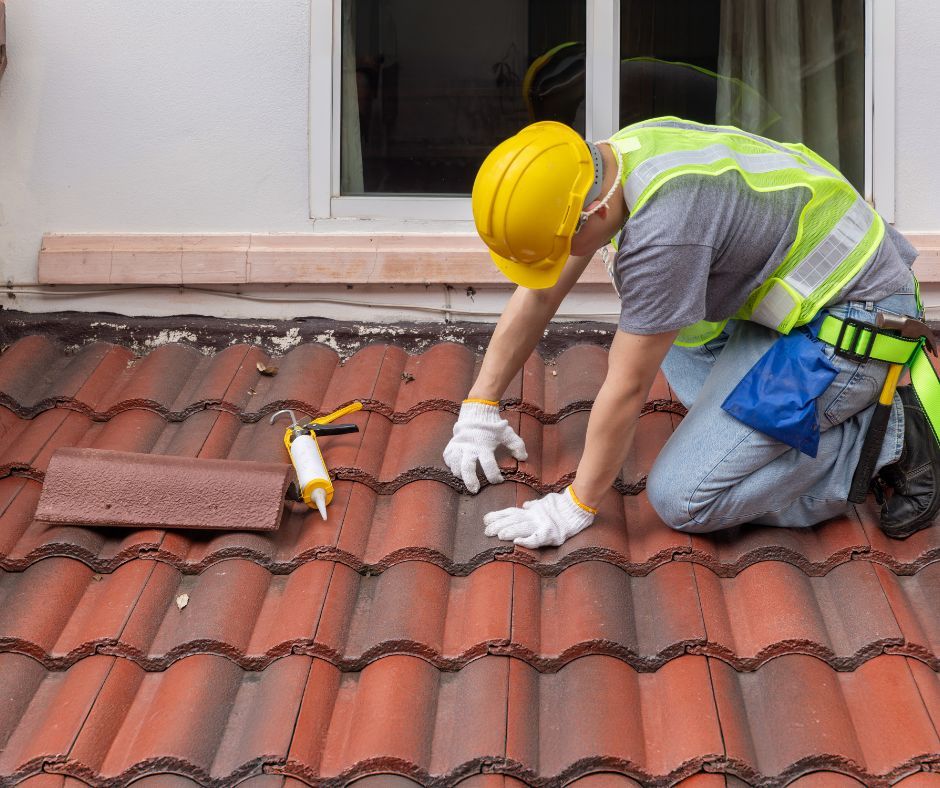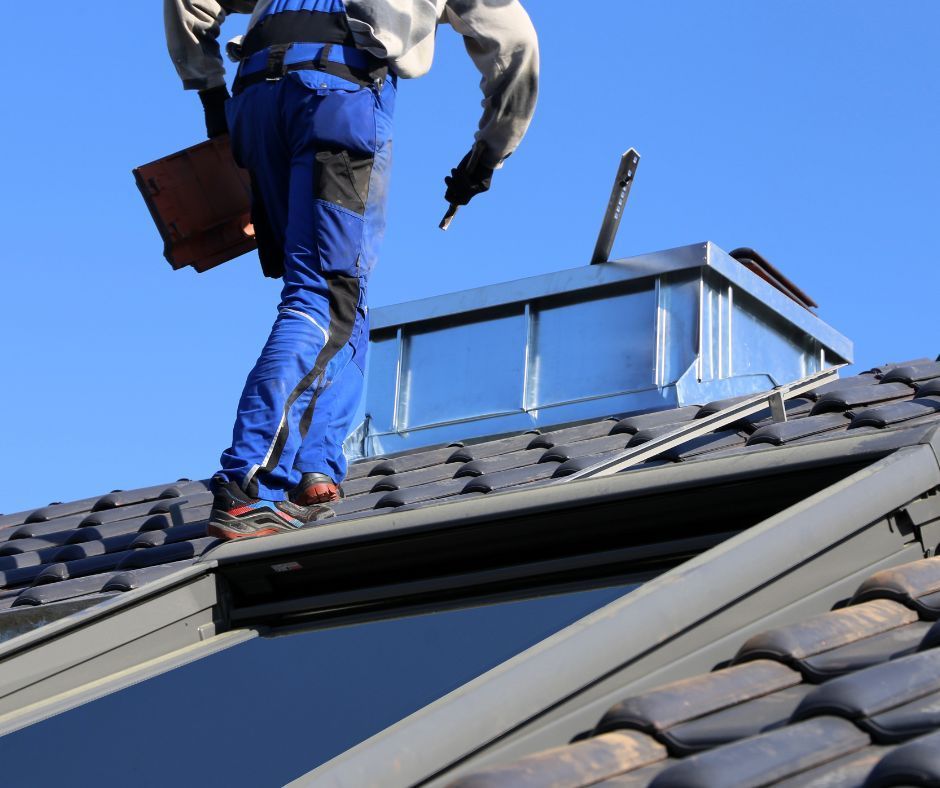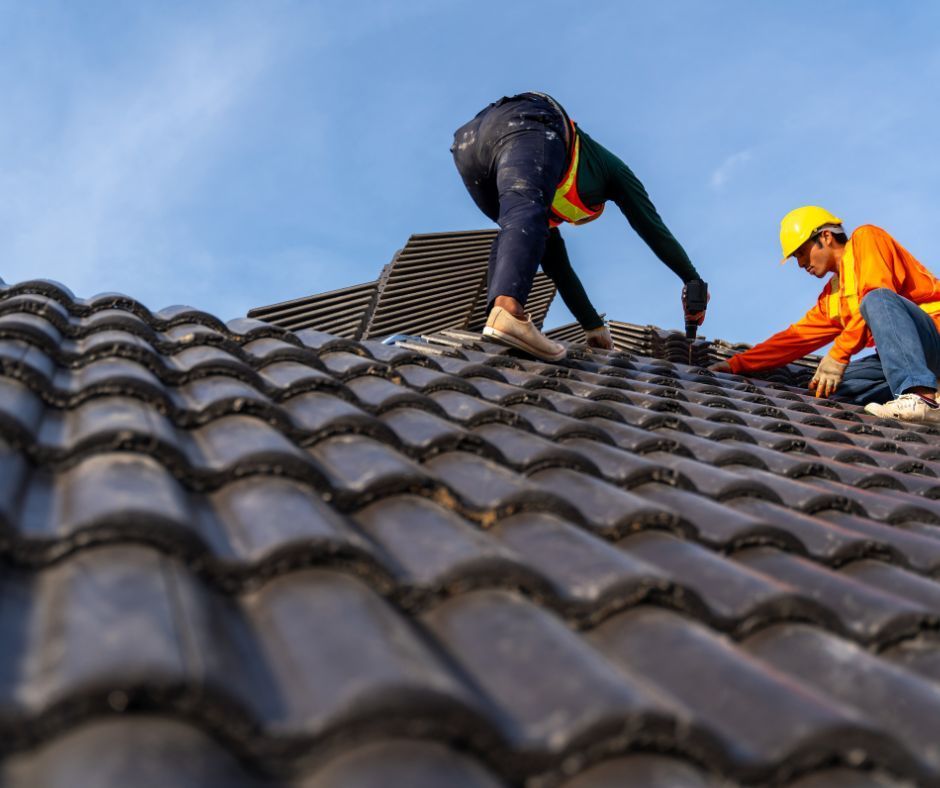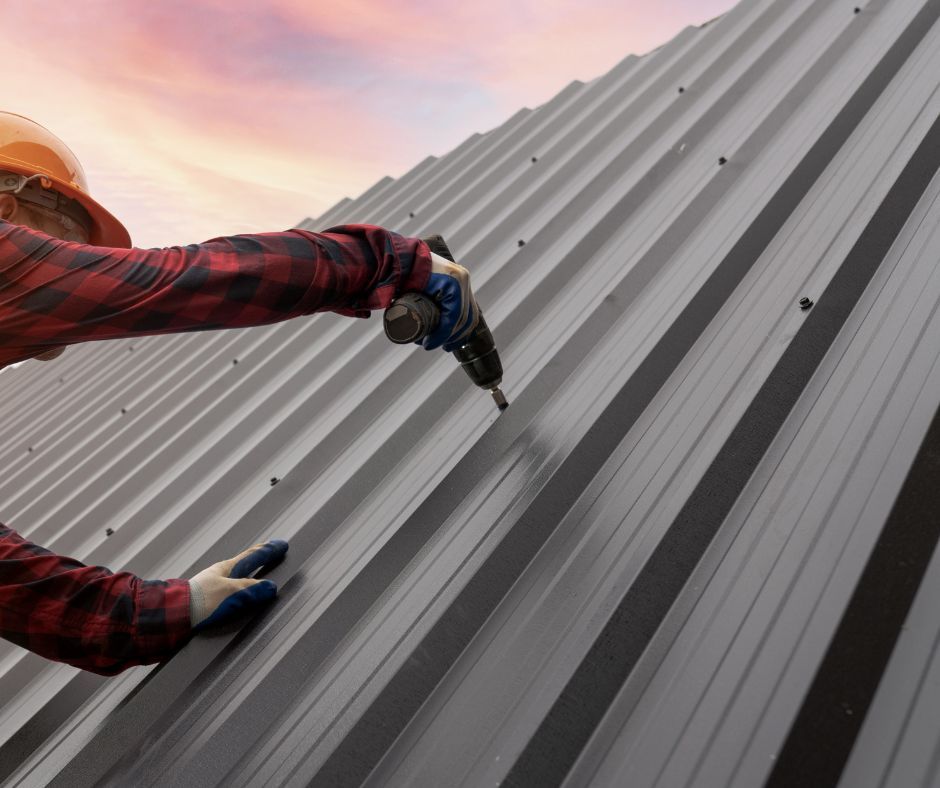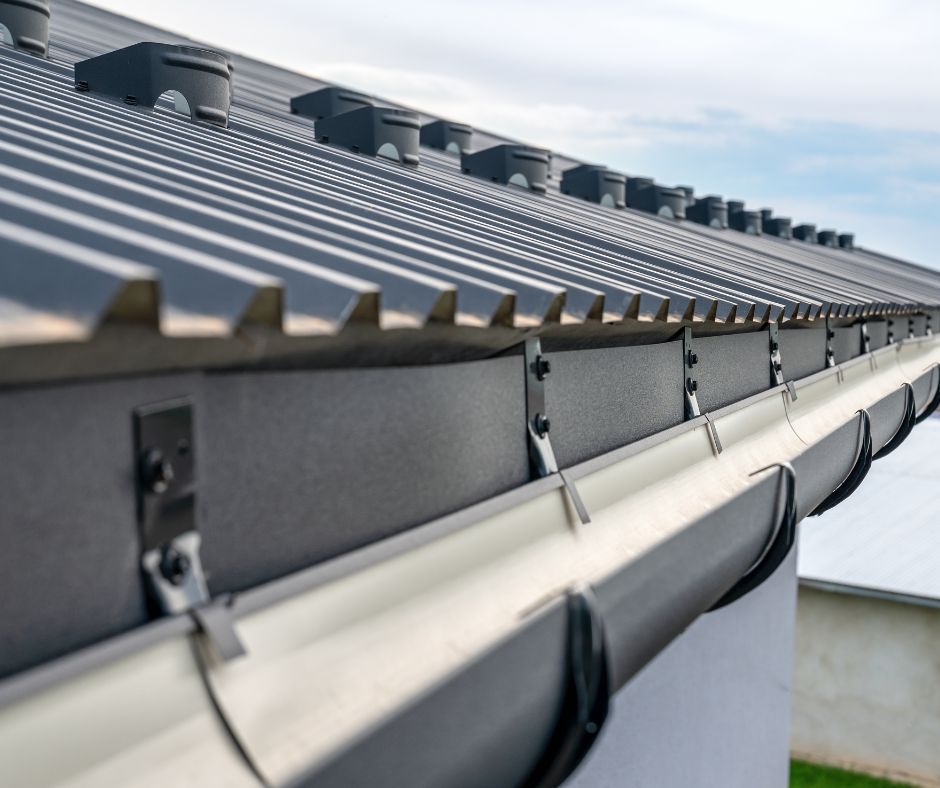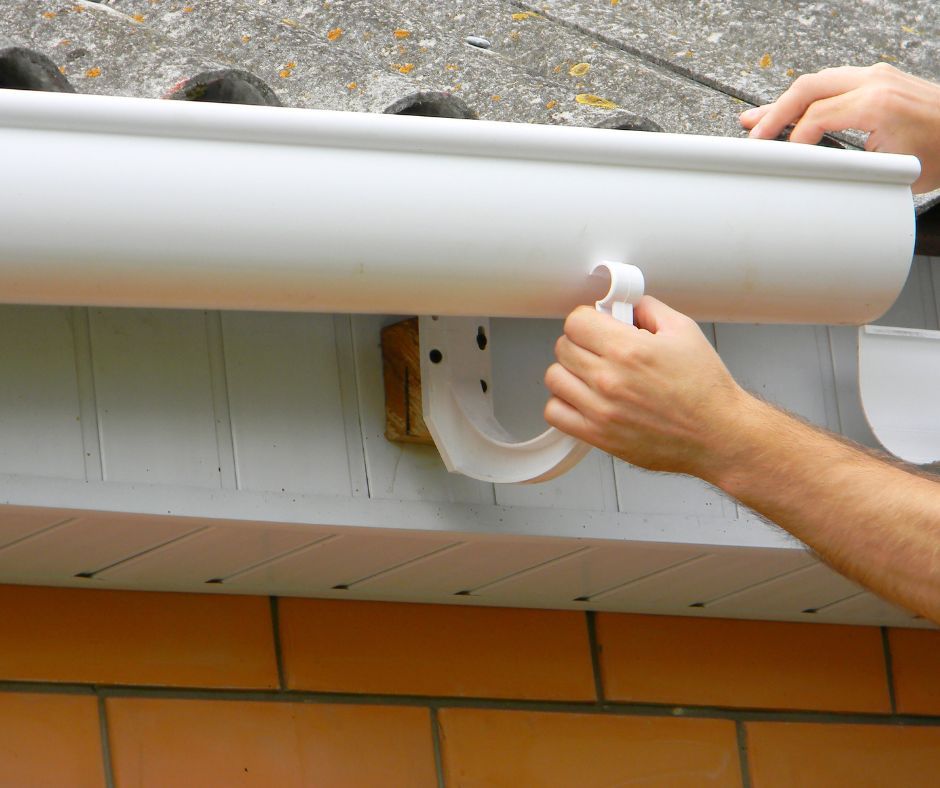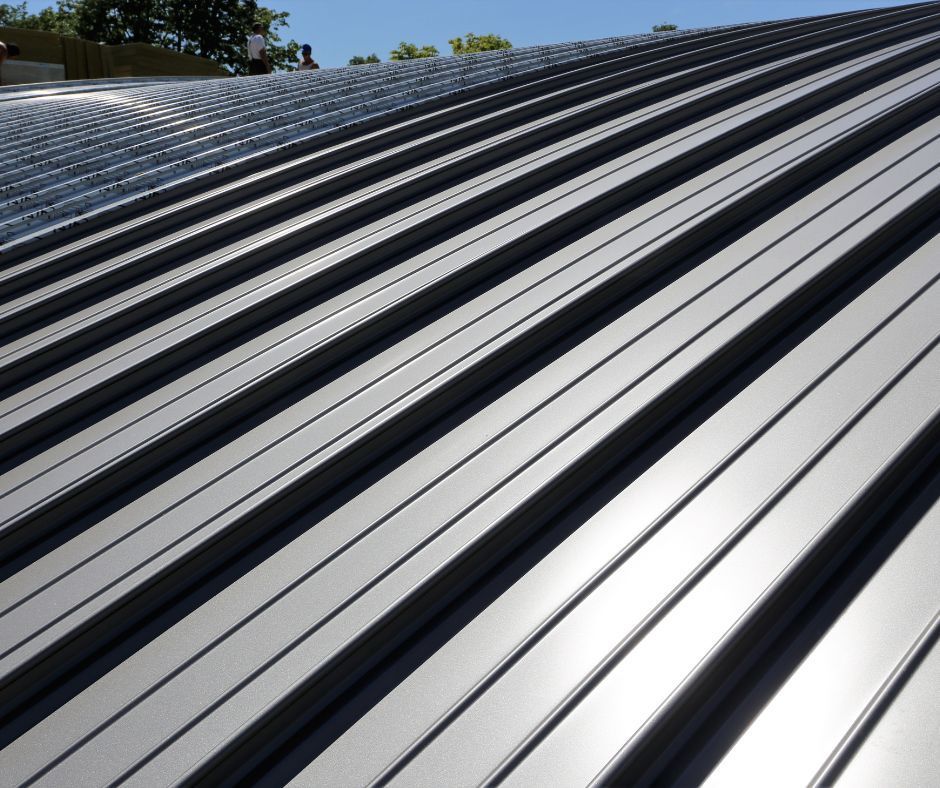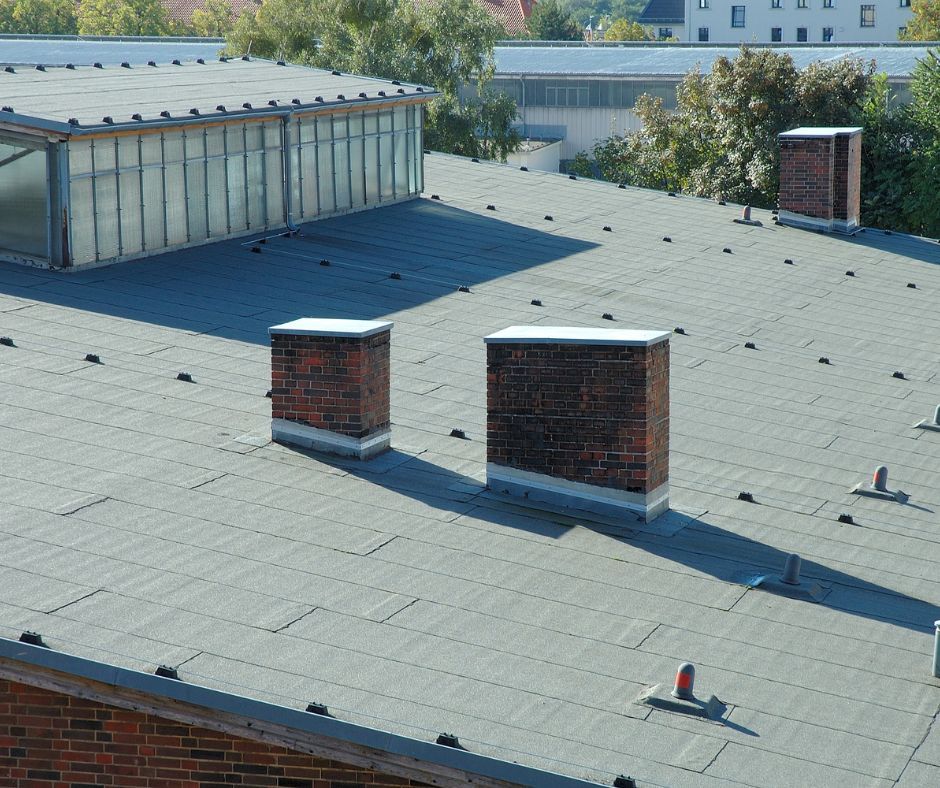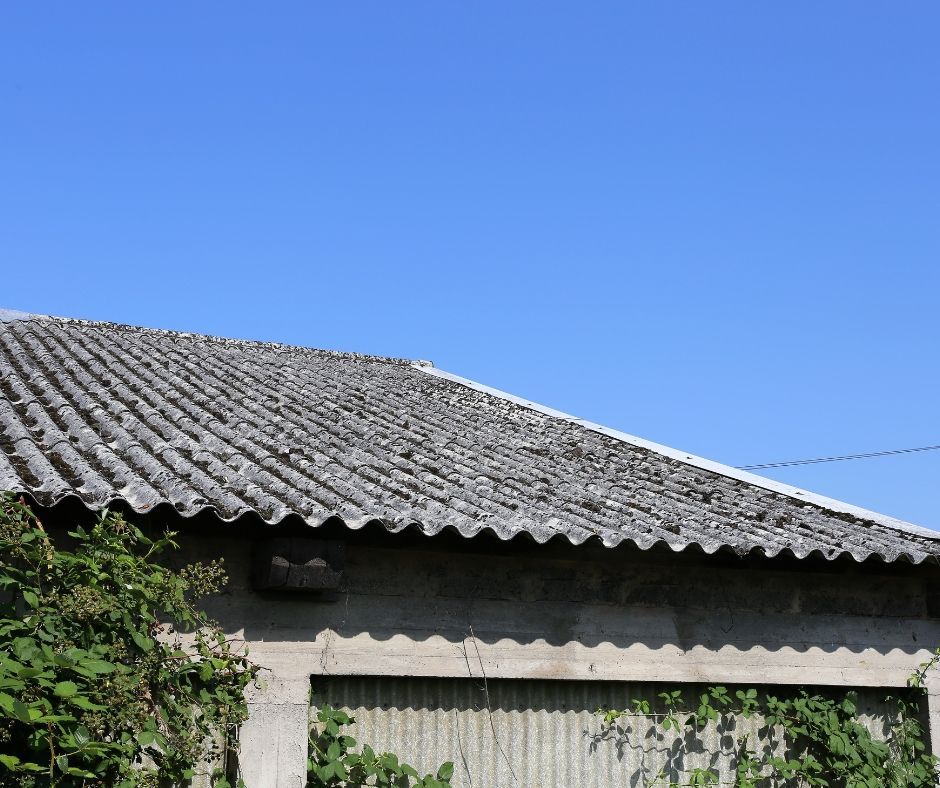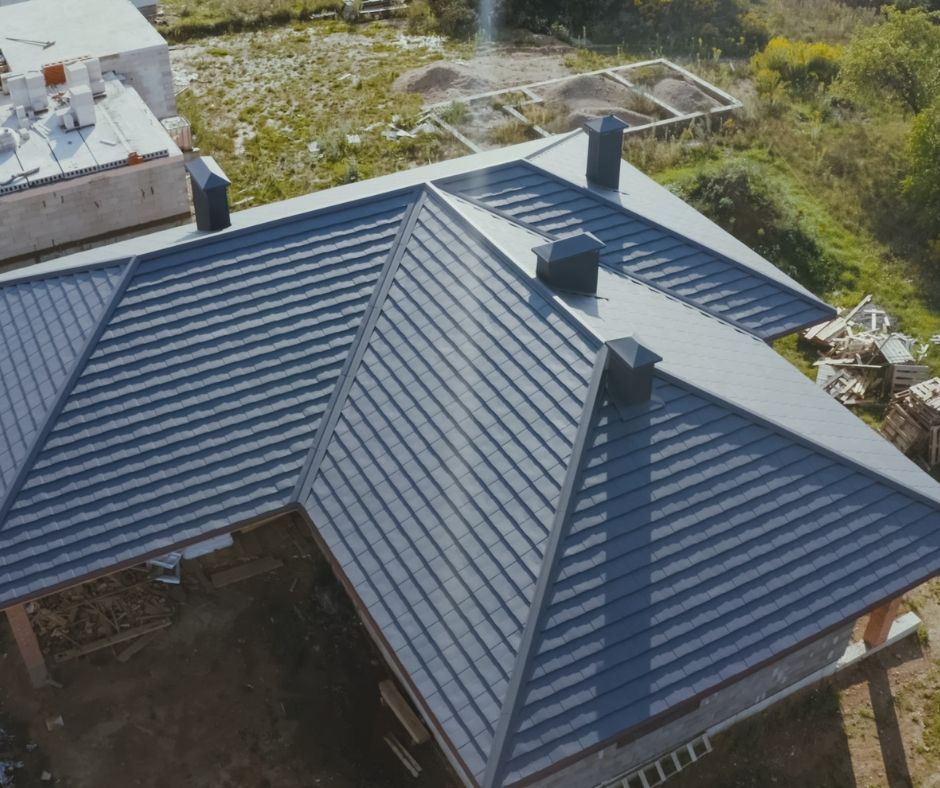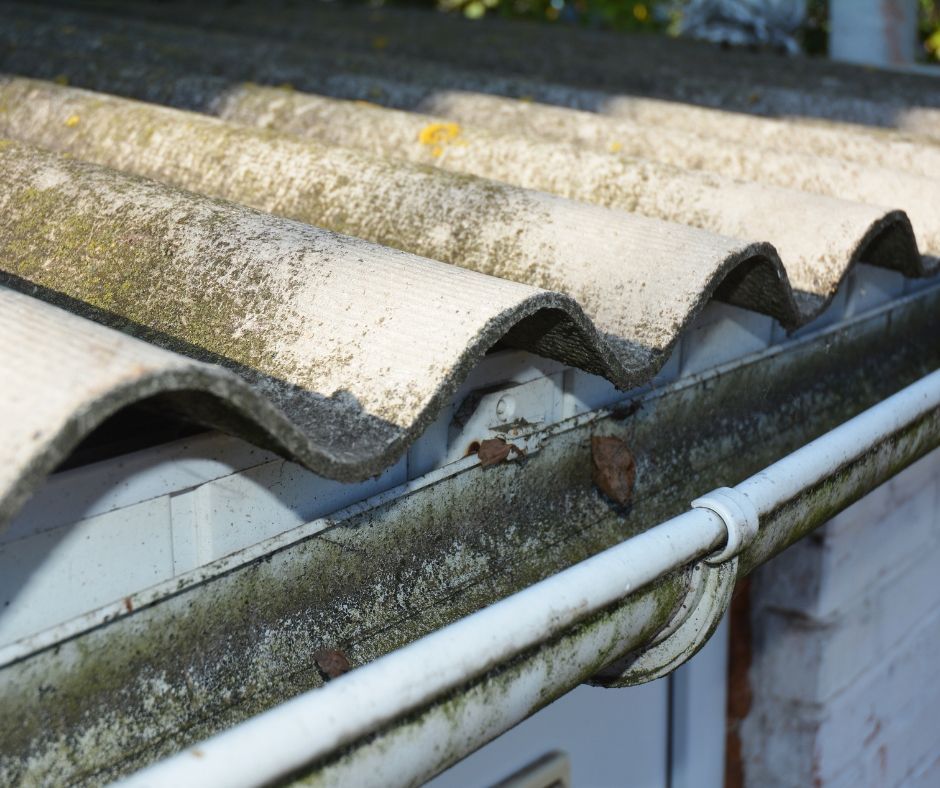How to Replace Roof Tiles? Step-by-Step DIY Guide
Replacing roof tiles may seem simple, but safety and legal requirements always come first. This guide is DIY-friendly while reminding you where the line is drawn in NSW. Some repairs legally require a licensed roofer, and any job that feels unsafe should be left to a pro.
The costs mentioned here are only rough estimates. Each roof is different, so pricing requires an on-site inspection and a formal quote. Use this guide on how to replace a roof tile to learn when you can manage the job yourself and when it’s smarter to call in the experts.
Why Replacing Broken Roof Tiles Matters?
Australian weather can be brutal on roofs. A single cracked tile can allow water inside, ruin insulation, and cause expensive damage if left untreated.
Knowing how to replace roof tile promptly helps protect your home’s structure and prevents further issues. In NSW, insurers may deny water damage claims if they find roof maintenance was neglected. Staying on top of repairs safeguards both your
home and its value.
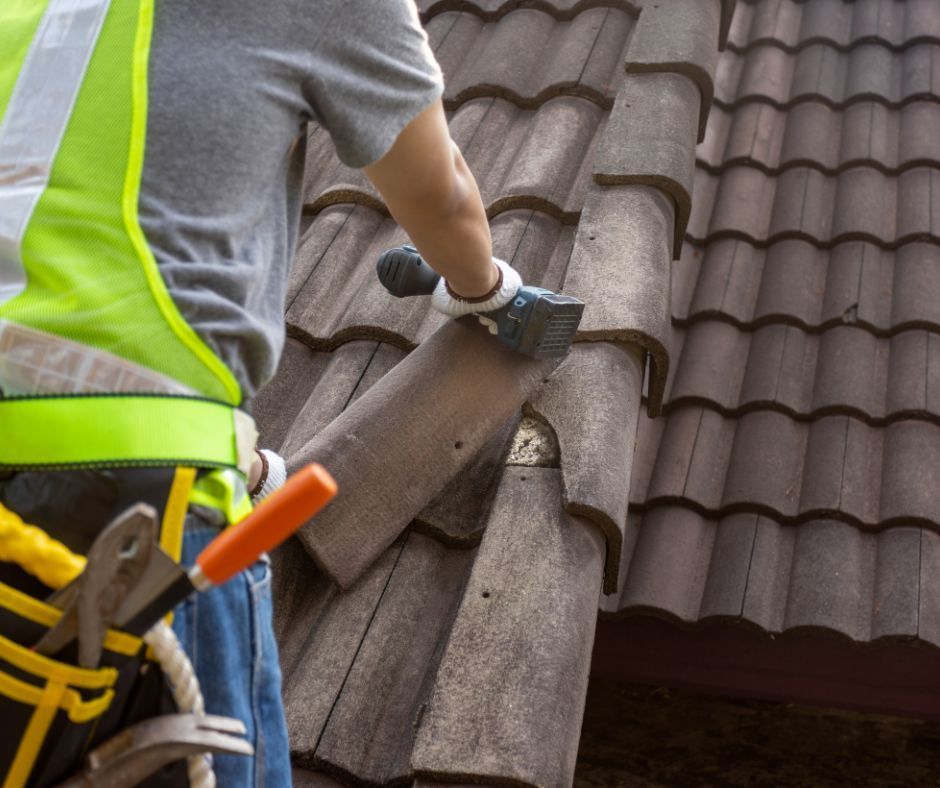
Can You Replace Roof Tiles Yourself?
Many homeowners wonder how to replace roof tile safely and correctly. It can be done for small jobs, but larger or riskier repairs are best left to a professional.
Pros and cons of DIY vs hiring a roofing contractor
You save money on labour, but you also take on safety risks and potential mistakes. An expert brings experience, compliance, and peace of mind.
Legal and safety considerations in NSW
NSW law is strict. Only experts can handle structural or large-scale roof work. DIY fixes done incorrectly may void insurance. Steep roofs, fragile materials, or work near skylights should always be left to professionals.
When to definitely hire a professional
Call a roofer if you see widespread damage, fragile tiles, or a steep roof. Work near skylights and multi-storey buildings should never be done without proper training.
Tools & Materials You’ll Need Before You Learn How to Replace Roof Tiles
Before you start learning how to replace a roof tile hands-on, make sure you’ve got the right equipment:
Safety harness and PPE
A harness, sturdy footwear, gloves, and a hard hat are essential when working at height. Roof work is dangerous, so never skip on safety equipment.
Ladder
Use a stable, properly secured ladder that extends beyond the roofline for safer access. Avoid balancing on makeshift steps or unstable supports.
Flat pry bar
This helps you carefully lift broken tiles and loosen fixings without damaging the surrounding ones.
Replacement tiles
Always use tiles that match your existing roof in type, size, colour, and material. You can usually source these from roofing suppliers, hardware stores, or sometimes even the original builder.
Gloves
Roof tiles can have sharp edges, so durable gloves will protect your hands while you work.
Important reminder: Having the right tools doesn’t automatically mean the job is safe to attempt. Training, experience, and in some cases a roofing licence are required to carry out certain repairs legally and safely in NSW.
How to Replace a Roof Tile: Step-by-Step Instructions
Learning how to replace roof tiles requires care and the right approach. Follow these steps to keep the process safe and effective.
Inspect the Roof & Identify the Damaged Tile
Always check the weather and wear proper PPE before starting. Use binoculars or a drone if you cannot clearly see the damaged area.
Safely Access the Roof
Set your ladder on stable ground and at the correct angle. Wear a safety harness and have a spotter if possible.
Remove the Broken Tile
Lift the tiles above the damaged one with care. Use a pry bar to slide the broken piece out without causing extra damage.
Install the New Tile
Set the new tile into position, ensuring it aligns smoothly with the surrounding tiles. Secure it if your roof design requires extra fixing.
Check the Surrounding Area
Look for other cracked or loose tiles in the surrounding area. Take note of your roof’s overall condition to plan for future maintenance.
Common Mistakes to Avoid When Learning How to Replace Roof Tile
Many homeowners who research how to replace roof tiles make common errors, such as:
Walking on tiles incorrectly (causing more damage)
Roof tiles are not designed to carry full weight in the wrong spots. Stepping in the centre can crack them, so always step on the lower edges where they are supported.
Poor tile matching
Using tiles that differ in type, size, colour, or material can create gaps, disrupt the roof’s appearance, and interfere with proper water flow. Always source the right replacement.
Not sealing correctly (if applicable)
Some tiles, especially around ridges, hips, or flashing, require proper sealing to stay watertight. Skipping this step can lead to leaks.
Working in poor weather conditions
Climbing onto a roof when it is wet, windy, or icy is extremely unsafe. Always wait for calm, dry conditions.
Attempting complex repairs without proper training or licensing
Large-scale fixes, structural work, or anything requiring a licence in NSW should only be handled by a
qualified roofer. Doing it yourself could cause more damage or even void your insurance.
When to Call a Professional Roofer
There are times when replacing roof tiles is best left to an expert. If you feel unsure, uncomfortable with heights, or do not have the right safety equipment, it is safer to call a roofer than risk an accident. Complex roofing systems or persistent leaks require professional attention, as the issues often extend beyond just one broken tile.
In NSW, some repairs must legally be done by an expert, and attempting them yourself could void your insurance. Hiring a local professional comes with added benefits, including faster turnaround, safer methods, insured work, and compliance with state laws. This way, you get peace of mind knowing the job is done properly and your roof is protected for the long term.
Roof Tile Maintenance Tips to Prevent Future Issues
Prevention is always better than a cure. To keep your roof in good shape:
Arrange annual inspections
A yearly inspection by a professional can catch cracks or loose tiles before they turn into bigger problems. Professional checks also keep your roof compliant with insurance requirements.
Cleaning gutters and valleys
Blocked gutters and valleys cause water to pool, which raises the risk of leaks. Clearing them regularly helps water flow away from your home as it should.
Trimming overhanging branches
Branches rubbing against tiles can crack or dislodge. Trimming back trees reduces this risk and also keeps leaves from clogging gutters.
Advice from a local roofing expert on NSW roof care
Local roofers understand the impact of harsh Australian weather on tiles. As one NSW expert notes, small cracks left untreated can lead to major water damage, so early action saves money and stress.
DIY or Pro Help, Adapt Roofing Has You Covered
You can replace a roof tile yourself for small, legal, and manageable repairs, but safety, legal requirements, and insurance must always come first. Knowing your limits is just as important as knowing the process.
Regular inspections and quick action on minor issues can prevent thousands of dollars in water damage or even a full roof replacement. Staying on top of maintenance is the smartest way to protect your home.
The prices in this guide are indicative only, as each roof has different requirements. Exact costs require an on-site inspection and a formal quote tailored to your property.
If you are unsure whether the job is a quick DIY fix or something more complex, book a free roof inspection with Adapt Roofing. As trusted local experts in Newcastle, Central Coast, and Lake Macquarie, they provide professional roof repairs, Colorbond roofing, and full roof repointing services to keep your home safe and secure.

